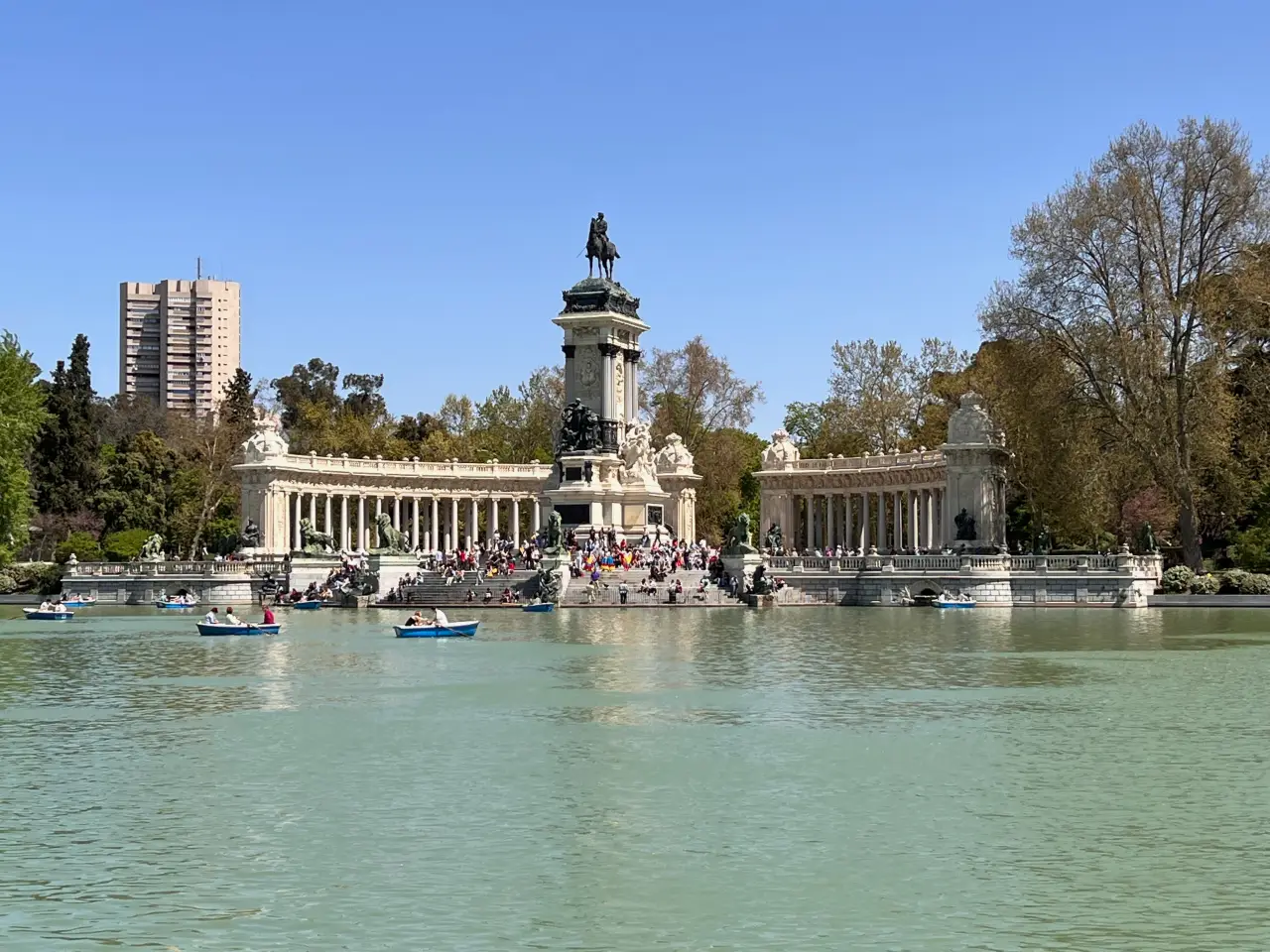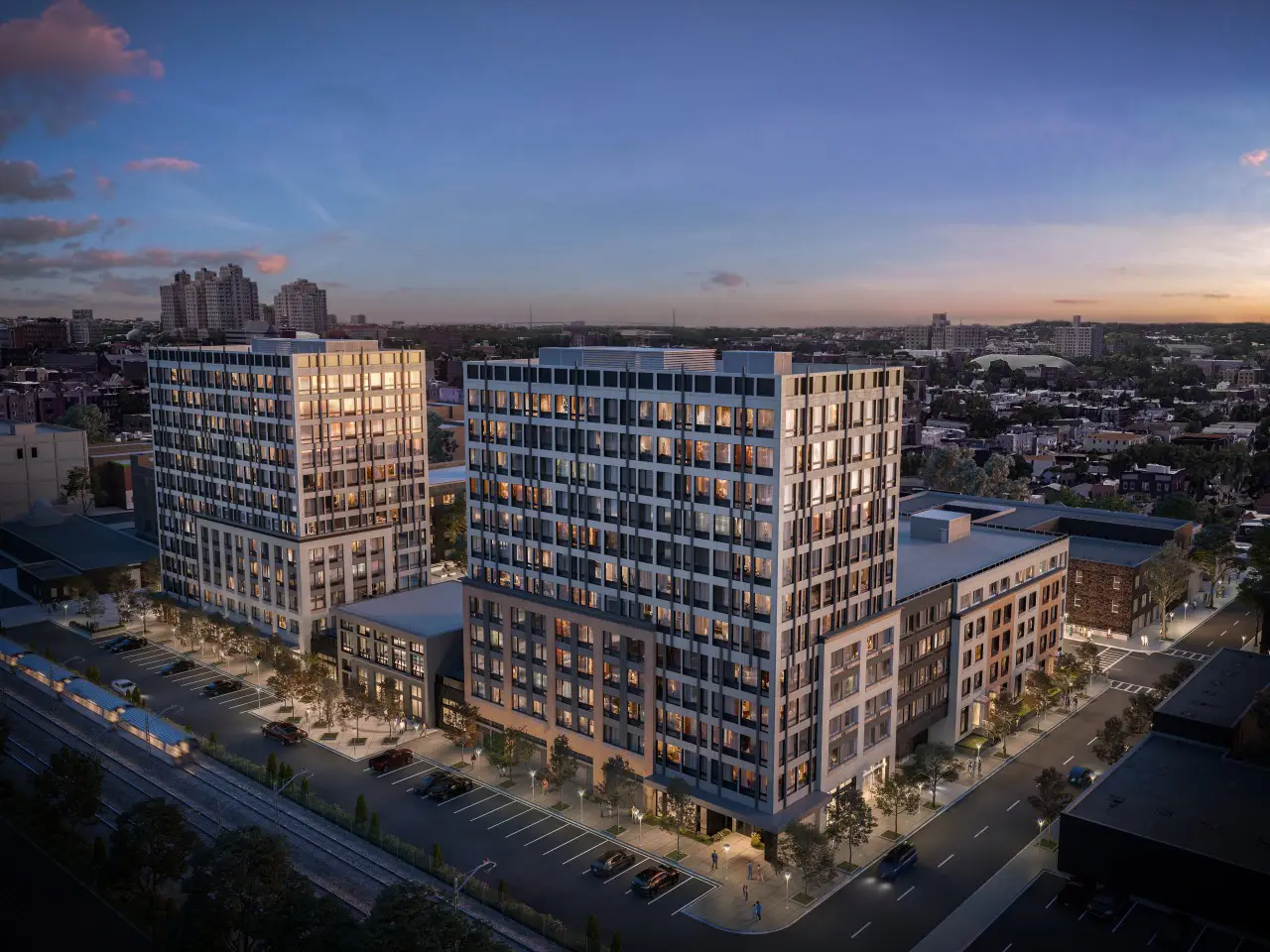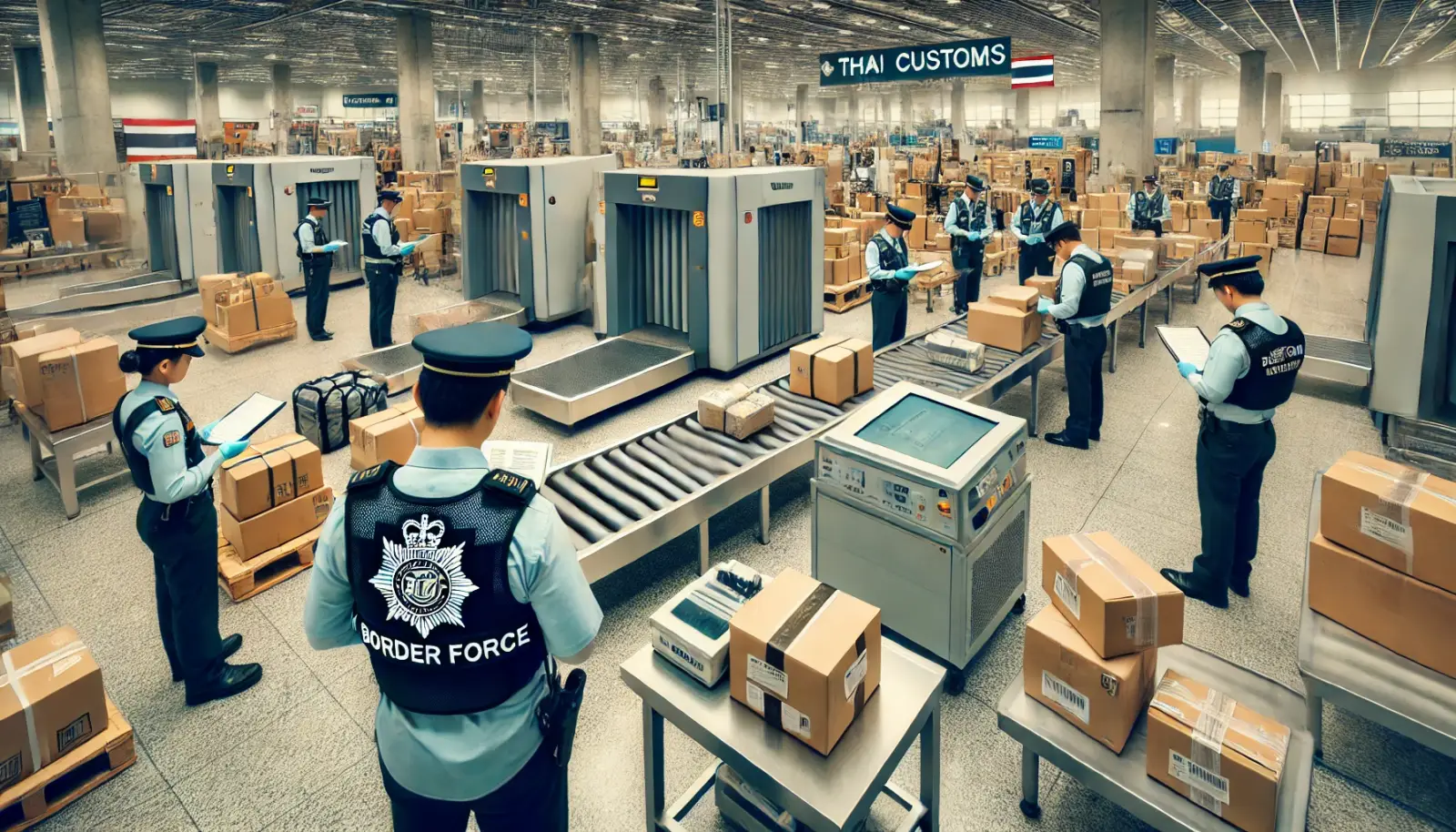The Economist Intelligence Unit announced the world’s safest cities in 2019. Tokyo has again been named the world’s safest city this year. The EIU’s Safe Cities Index 2019 (SCI) ranks 60 cities across 57 indicators covering digital security, health security, infrastructure security, and personal security.
Tokyo again comes first overall, and Asia-Pacific cities make up six of the top ten, but the geographic region does not have a statistical link with results. As it did in the previous SCI, Tokyo has the highest overall score in our index. Other cities in the top ten are Singapore (2nd), Osaka (3rd), Sydney (5th), Seoul (tied 8th) and Melbourne (10th). Two European cities are in this group, Amsterdam (4th) and Copenhagen (tied 8th), while two from America complete it, Toronto (6th) and Washington, DC (7th). However, a closer look at the important correlates of security, found city safety is not related to the global region: Tokyo, Singapore, and Osaka lead because of their specific strengths, not because they happen to be in Asia
The results in individual index pillars show the importance of getting the basics right. Leo Tolstoy famously wrote, “All happy families are alike: each unhappy family is unhappy in its own way.” A look at the top five cities in each pillar—digital, health, infrastructure and personal security—yields a similar message. In each area, leading cities got the basics right, be it easy access to high-quality healthcare, dedicated cyber-security teams, community-based police patrolling or disaster continuity planning. Even among the leaders, the weaknesses of those not in first place tended to vary from city to city. Those who want to improve need to get the basics in place and then consider their own specific situations.

Digital security
The top five:
1. Tokyo
2. Singapore
3. Chicago
4. Washington, DC
5 = Los Angeles
5 = San Francisco
What these leaders have in common: all get full marks on every digital security input indicator. As a result, they have low levels of infection by computer viruses and malware.
Where they differ: the only thing that sets these cities apart is the percentage of residents with internet access, which ranges from 76% in Los Angeles and San Francisco to 91% in Tokyo.
Of interest: getting security right before expanding access seems to be the best approach. Kuwait City has the highest level of internet access (98%), but weaknesses in the privacy policy, citizen awareness of cybersecurity, and dedicated cyber-security teams help explain how between 20% and 30% of the city’s computers are infected and its low score on the presence of malware.
Health security
The top five:
1. Osaka
2. Tokyo
3. Seoul
4 = Amsterdam
4 = Stockholm
What these leaders have in common: these leaders get the basics right, scoring well— including often getting full marks—for areas like healthcare access and quality, safe food, water and air, and speed of emergency services.
Where they differ: a key difference is the much higher number of beds per head in the Asian cities in this list compared with European ones. Given similarities in terms of healthcare access and quality, this may reflect differing medical cultures rather than fundamental weakness in Amsterdam or Stockholm.
Of interest: healthcare outcomes reflect the disease burden as much as the quality of health systems: four of these cities score around 70 out of 100 for cancer mortality, and Amsterdam does much worse. The top cities on this indicator, those from Arab states, benefit from fewer cases of cancer rather than a superior ability to deal with those that arise.
Infrastructure security
The top five:
1. Singapore
2. Osaka
3. Barcelona
4. Tokyo
5. Madrid
What these leaders have in common: Again, good policy is essential to become a leader in this pillar, with every one of the top five scoring full marks for their continuity management plans, pedestrian friendliness, institutional capacity, and disaster-risk informed development.
Where they differ: Beyond first place Singapore, the other cities have a mixed record on the quality of their infrastructure. Although none do poorly—the worst is Osaka’s 22nd place for its air travel links—each of these four lags behind leading peers in at least one area.
Of interest: infrastructure is the area that sees the widest variations in scores—and therefore the greatest possibility for improvement. Singapore’s 96.9 points is the highest figure for any city in an individual pillar and Caracas’ 27.3 the lowest
Personal security
The top five:
1. Singapore
2. Copenhagen
3. Hong Kong
4. Tokyo
5. Wellington
What these leaders have in common: They are strong on personal security inputs, with all scoring between 92 and 96 points out of 100. In particular, each gets full marks for the policing-related indicators: level of engagement, community-based patrolling and use of data-driven techniques.
Where they differ: those trying to reach the top of this pillar face different challenges. For Hong Kong and Tokyo, corruption and organized crime are still a problem, although they are typically better than in most other index cities. For Wellington, the most visible weakness in the index is illegal drug use, for which it comes 56th.
Of interest: citizens don’t look at policies but at results. The index’s perceptions of safety score correlate closely with levels of violent and petty crime but show no statistical link to input scores.
What sets cities apart?
A striking feature of the overall survey results, and those within pillars is the clustering of results near the top. The accompanying spider chart, which maps the results of the cities in first, 20th, 40th and last place overall, shows the relatively small point differences between the top cities and the larger ones among those finishing lower down.
This suggests that the differences between cities near the top, however important, are much smaller compared with those further down the table. A closer analysis of the SCI2019 results indicates two key factors associated with urban safety that explain this clustering. The overall scores correlate very closely, and independently, with income and transparency.













